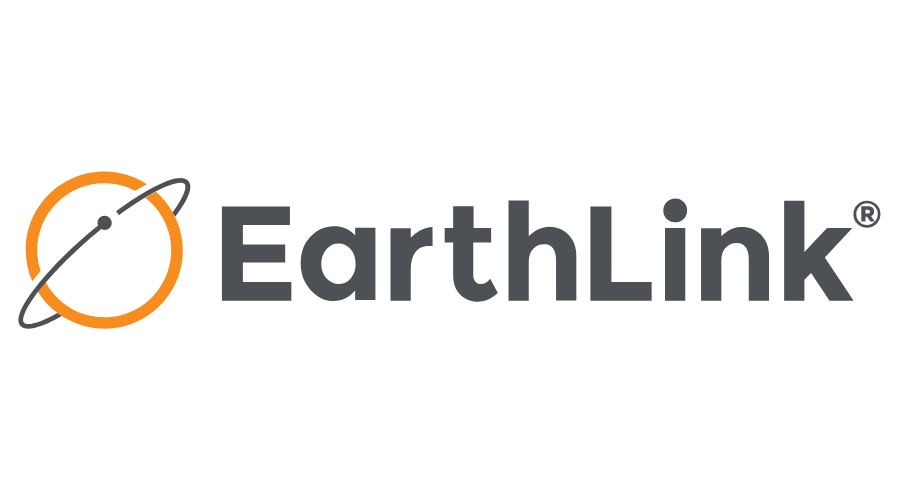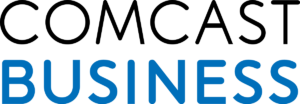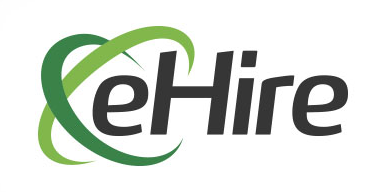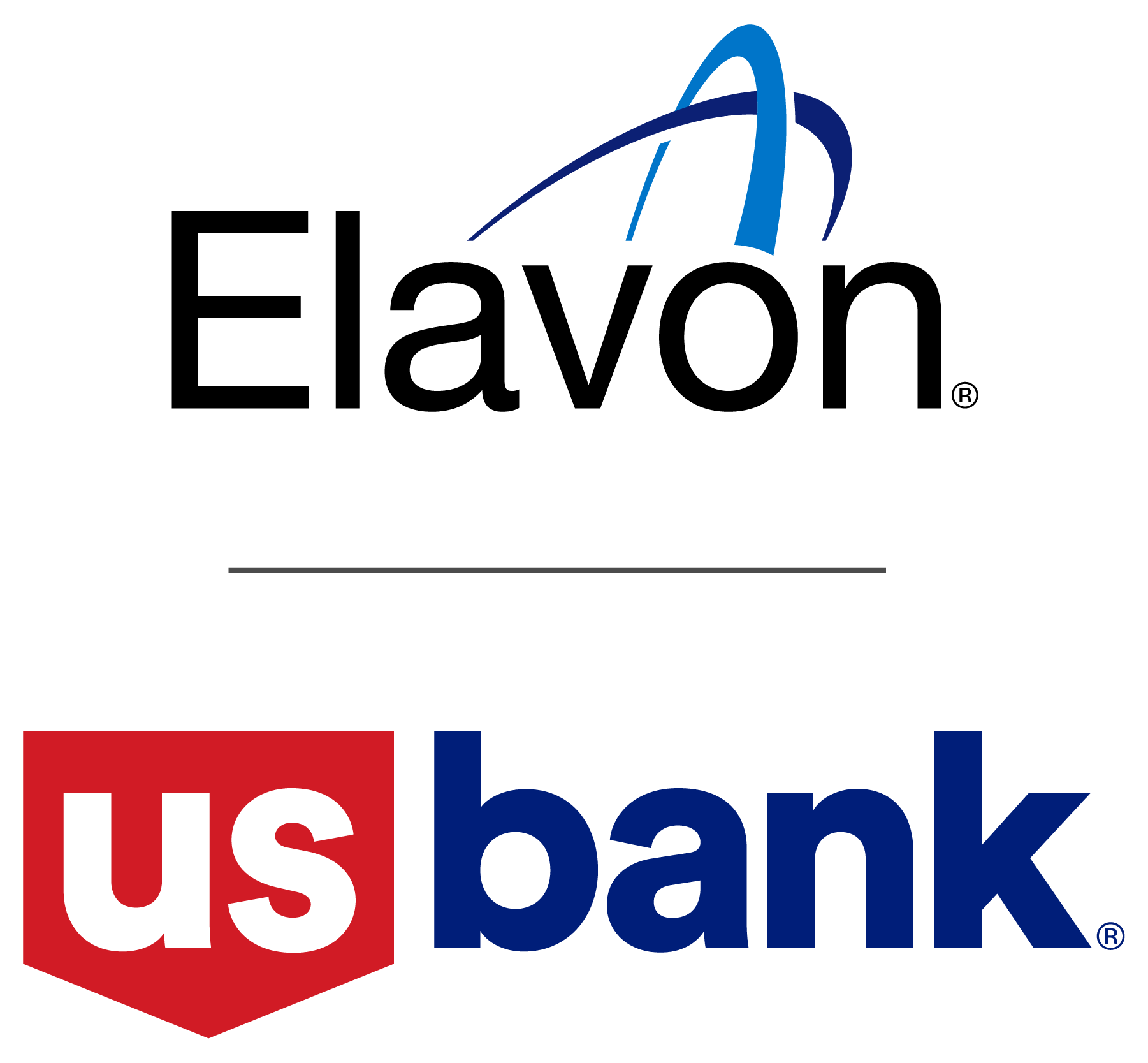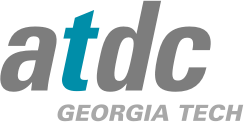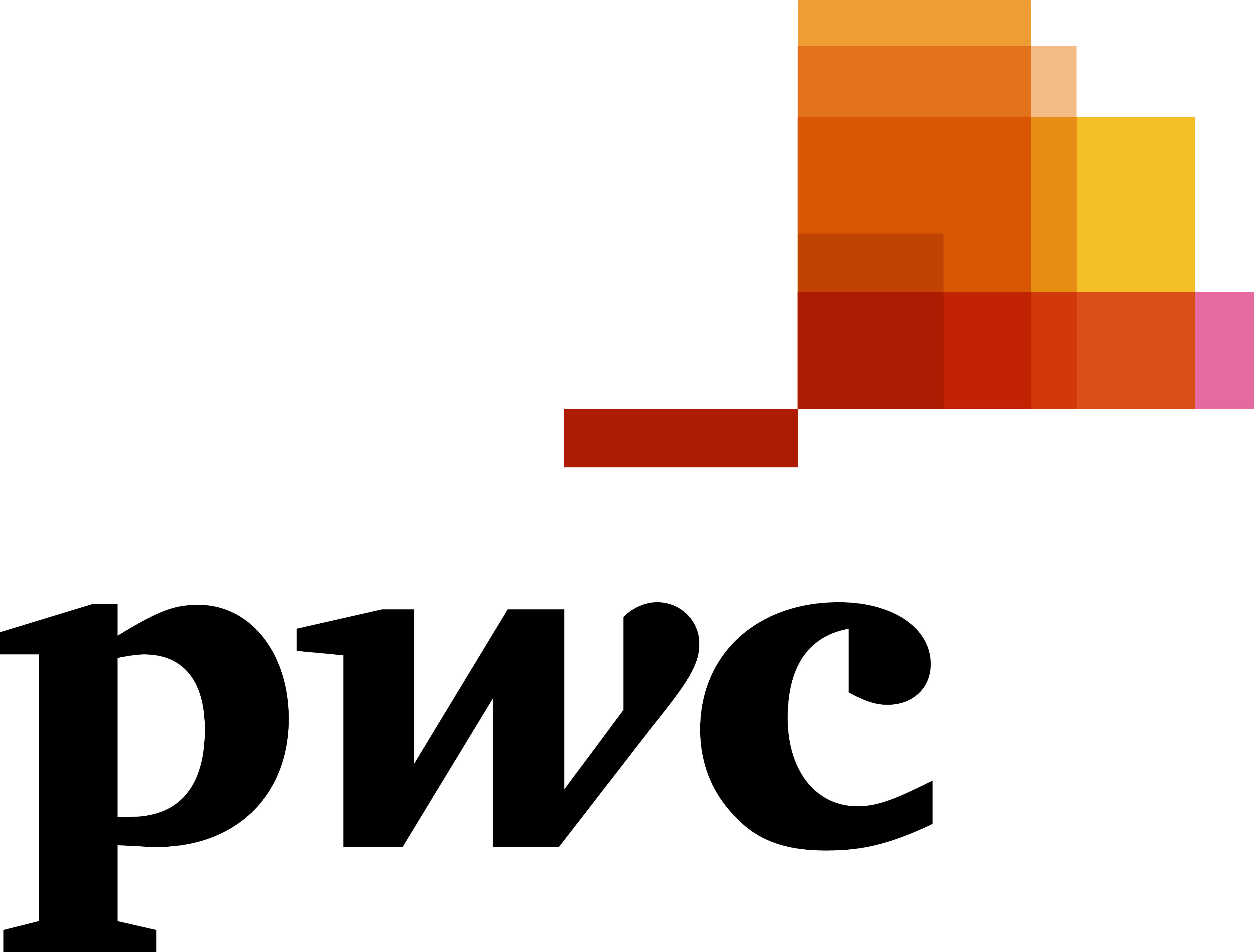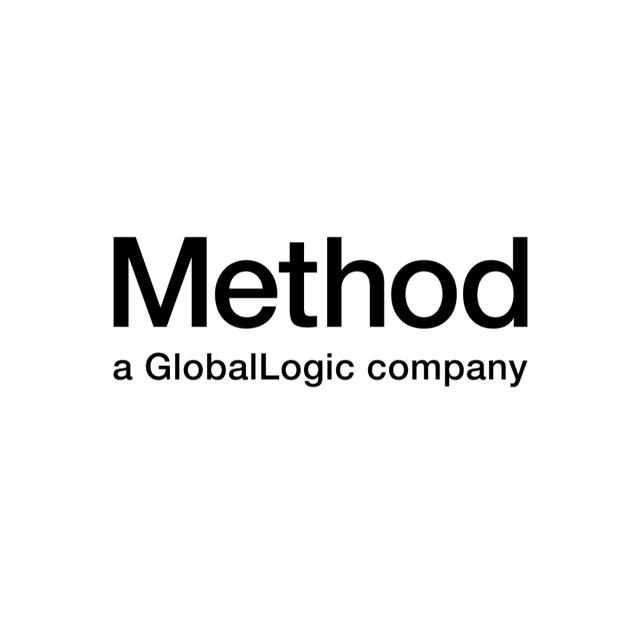By Larry K. Williams, president and CEO of TAG
The innovation economy runs on brainpower. Unfortunately, we don’t have enough tech talent. As technology leads the economic recovery, this tech talent gap is getting wider fast, placing future innovation and growth at risk. The unemployment rate for tech jobs in Georgia is negative three percent, which means there are far more open jobs than qualified candidates to run our thriving tech companies.
“The demand for IT talent has never been higher,” according to a new report by TAG member Softensity. “Tech job postings are up 39% over 2020, nearing pre-Covid highs. And companies are doubling down on emerging technologies, which is shining a spotlight on the growing skills gap that many organizations face.”
Why are there so many openings for tech jobs? Softensity’s report cites Gartner’s Emerging Technology Roadmap for Large Enterprises, which says 54% of IT and Infrastructure & Operations leaders are increasing their investment in emerging technology, up from 29% in 2020. According to the same report, 64% of IT execs said the talent shortage is the biggest roadblock to adopting emerging technology. Only 4% felt this way in 2020.
While the widening tech talent gap is a problem, I believe it’s not too late to do something about it and create a workforce that matches the job skills of the future and fuels the innovation economy over the long term. Below are four ways to close the tech talent gap.
- Support STEM education: By investing in STEM education, we’re giving young people skills that make them more employable and ready to meet future labor demand. To that end, TAG-Ed is proud to support Georgia STEM Day March 4, and we successfully advocated for teaching computer science in every Georgia public school by 2025. TAG also hosts coding camps for kids, and we’ve given out almost $185,000 in scholarships to help people pursue STEM-related careers over the past 10 years. I was pleased Gov. Brian Kemp in his 2022 budget awarded $1 millions to Georgia Youth Science & Technology Centers. The more we come together to support for STEM today, the better our workforce will be prepared for tomorrow.
- Invest in training and upskilling: Digital technology is disrupting how we work and interact with each other. How can we help adapt to new conditions in the workplace? Reskilling is a sustainable and cost-effective way to help employees stay engaged in their jobs and remain relevant in a rapidly evolving digital economy. TAG works with the Technical College System of Georgia on upskilling IT people, and we support other programs to train workers in cybersecurity, cloud computing, battery technology and other burgeoning fields.
- Groom the next generation of tech leaders: We could all use a little help navigating the workplace, and that is especially true for mid-career employees working in technology. A new TAG program I’m proud of is Pathways to Leadership, or P2L, which is led by TAG-Ed, the education and career development arm of TAG. P2L is geared to elevating the careers of high-performing, up-and-coming leaders. It’s a way for companies to invest in their most powerful competitive advantage: people. Employers gain a unique opportunity to develop the next generation of technology leaders, and participants learn directly from industry experts through open discussion sessions and hands-on projects. We’re accepting applications for the 2022-2023 cohort March 1.
- Open opportunities in underserved communities: I strongly believe inclusion drives innovation, just as innovation drives inclusion. By helping connect people in underrepresented talent pools with job opportunities, everybody wins. But we have to do better on this front. According to PwC, less than half of human resource leaders are focused on inclusive leadership. Through TAG-Ed, we work with businesses to support tech training and apprenticeships for employees who would not otherwise get access to these programs. The possibilities of the innovation economy are boundaryless. But we will never be able to realize our true potential if we don’t include everyone–from students to workers seeking upskilling to those who have limited access to technology.



